When do the robellons come out?
2 years ago · Updated 6 months ago
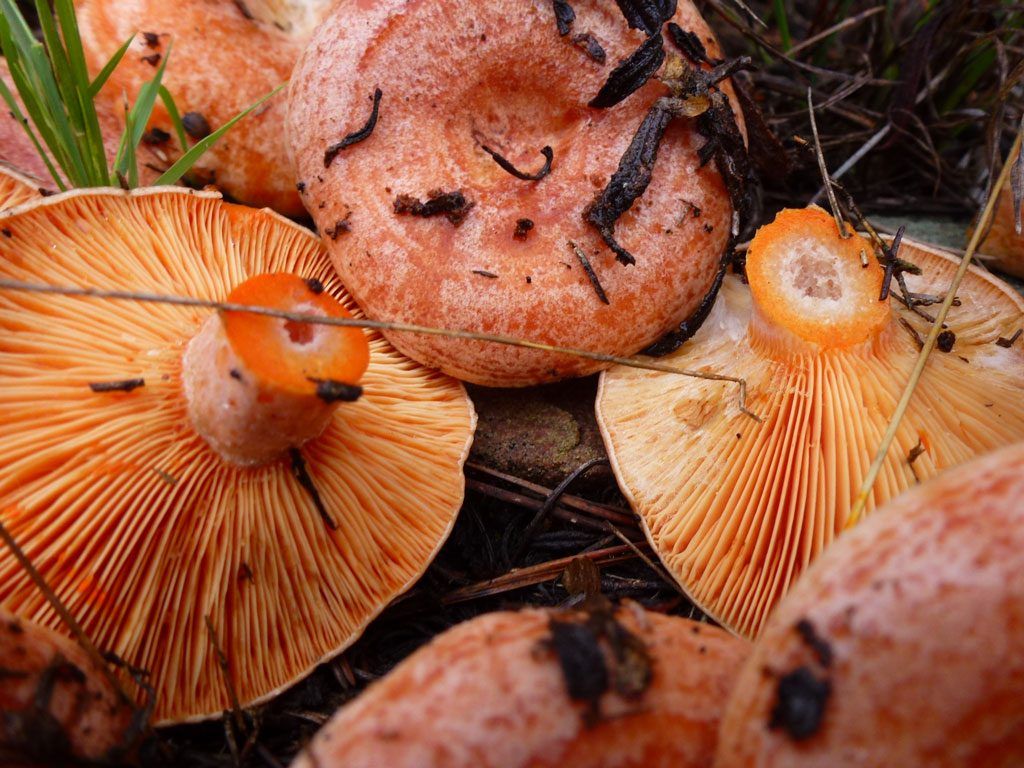
When do the first delicious milkcaps take a long time to come out?
The lactarius deliciosus, sanguifluus and other varieties of deliciously edible lactaria, are the most sought-after and eaten wild mushrooms in Spain, courtesy of thistle and boletus. We're all looking forward to autumn to set off in search of them in our pine forests.
Get your mushroom baskets ready, as we'll tell you when and where to look for delicious milkcaps or rovellons.
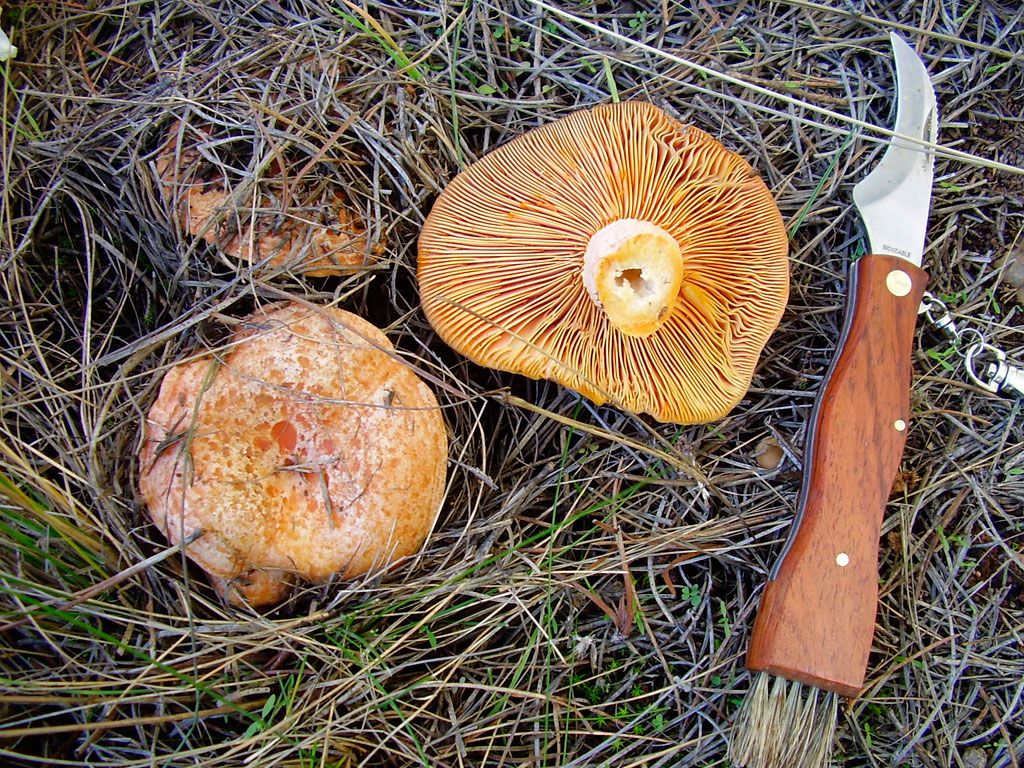
The milfoil life cycle: patience underground
The growth of milkcaps begins long before they ever come to the surface. Primordiums, small initial structures of the fungus, can begin to grow even during winter, when the soil retains moisture. These tiny mushrooms in formation remain dormant underground, waiting for the ideal conditions to complete their development.
For the milfoil to emerge, a single rainfall is not enough: several episodes of abundant and constant precipitation are required. What's fascinating is that these primordiums can keep themselves in a state of waiting for one or even two years, which explains why, after weak seasons, particularly abundant harvests can occur: the milfoils were there, simply waiting for their time.
The complete development cycle of the wine milfoil from the first rains to its appearance on the surface can last between 35 and 40 days. That's why, for the most experienced pickers, it's useful to keep a record of summer and early autumn thunderstorms. Knowing when and where it rained can be the key to anticipating a good harvest.
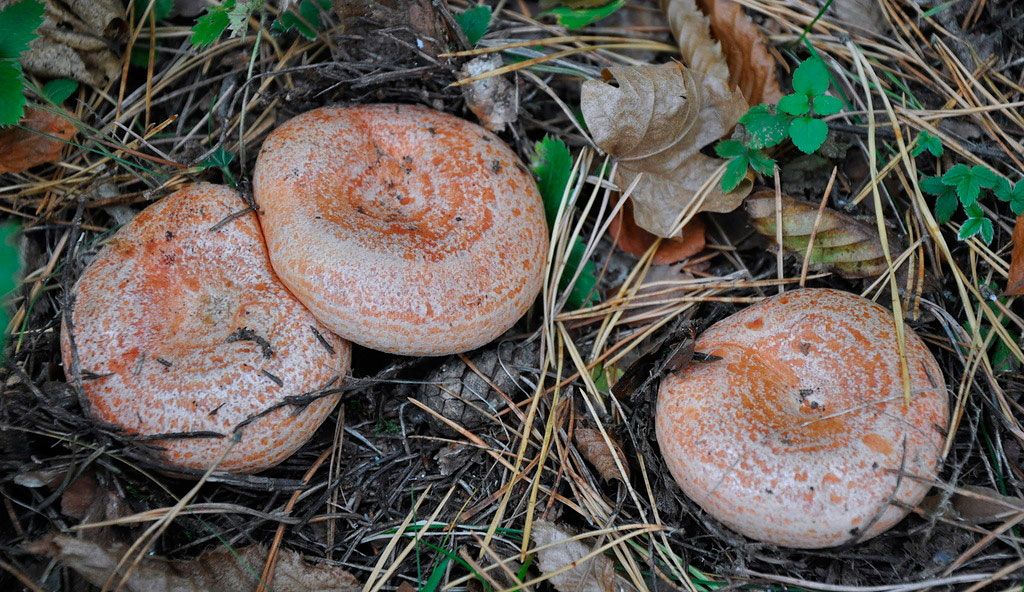
After the summer rains, the first milfoils come out
It takes continuous, abundant rainfall to activate the countdown to their growth. Rains in June, July and August of over 20 l/m2 and lasting 2-3 hours are ideal.
But for optimum growth, these rains need to be repeated 2 or 3 times, every 15-20 days. These summer thunderstorms, often accompanied by hail, are very common in areas like the Pyrenees or the Iberian Turolense, major producers of milfoil in autumn.
Needless to say, a good hail is even more beneficial for robellones.
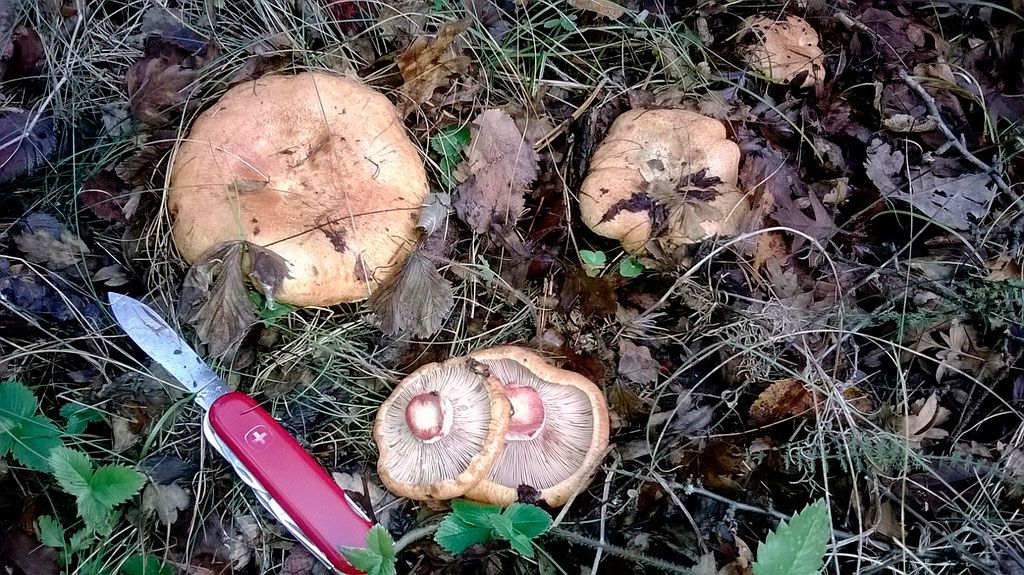
When do robellones come out? Ideal conditions for their appearance
Robellones, also known as níscalos (Lactarius deliciosus), generally start to appear about three weeks after heavy rains, provided conditions are favorable. Soil temperature is essential: it must not fall below 9°C. If it remains stable and without sudden cooling, the first specimens can germinate under young pine forests.
Wind is one of the delicious milfoil's main enemies. If it appears after the rains, it can shatter the soil surface and hinder the development of the fungi. For fruiting to continue, it's essential that humidity is conserved and that temperatures, although cool, don't drop to the point of freezing the soil.
When to look for delicious milk caps
Delicious milkcaps are typically autumnal seasonal mushrooms, and usually appear between October and January. However, when rainfall is abundant and temperatures remain moderate, they can also be found at other times of the year.
In exceptional conditions, such as very wet springs or mild late summers, it is possible to detect robellons outside their usual season. Although less frequent, their appearance during these periods follows the same pattern: sufficient rain, absence of strong winds and mild temperatures without frost.
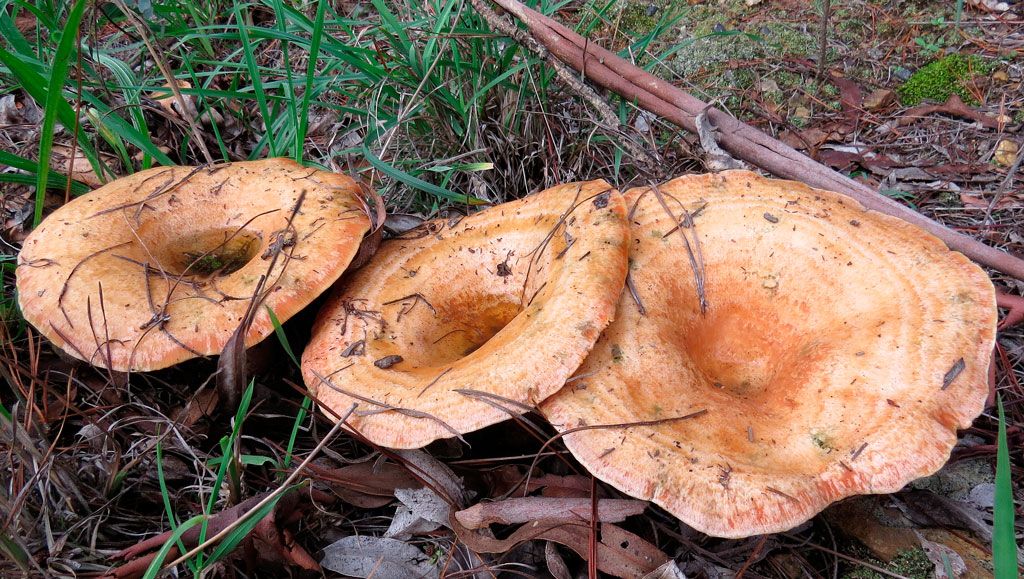
How, when and where to look for robellons
The appearance of milkcaps depends not only on rain and temperature, but also on the altitude of the terrain. At the start of the season, they tend to emerge in the higher areas, where cool conditions arrive earlier. As autumn progresses, the fruiting rating gradually drops, allowing them to be harvested even at sea level during the colder months.
Once the season begins, the mycelium -the underground network of the fungus- can remain active for several days or weeks if the climate remains favorable. This means that the same setal can produce several waves of milkweeds, so it's worth revisiting productive areas with some frequency.
Strategic search is essential. Delicious milkcaps require high levels of humidity to thrive, so it's advisable to direct the search towards valleys, gullies, ravines and shaded or densely vegetated areas, where moisture is retained for longer. In addition, slightly acidic soils, covered with pine leaves, are generally particularly fertile for this type of fungus.

It's important to look for them in the shelter of vegetation, between earth and moisture-retaining brush. Wherever we find the greatest quantity of plants, there will also be more moisture and therefore more milkcaps to put in our wicker baskets.
Now, all that's left is to pay attention to the thunderstorms and do the math, because where it thunders today, we'll have milkcaps in 21 days. Sharpen your knives
Share this article with your fellow outings and help us spread the word;-)
Health and chanterelles!

Te pueden interesar